Postcard from Brittany and Normandy
Mont-Saint-Michel was awesome, more than deserving of the hype. The food? Not so much. My latest travel edition.
MY COPING STRATEGY during these fraught times is to get the hell out of the country whenever I can. Once again, my quest for sanity took me over the Atlantic, this time to Brittany and Normandy, two neighboring regions in northwestern France.
Why those two places? For starters, they’re home to some bona fide bucket-list sights: Mont-Saint-Michel, the Bayeux Tapestry, and the D-Day beaches.
But what really sets these regions apart is their sense of otherness. There’s a wildness and exoticism to these regions that feel not quite French.
Brittany, steeped in Celtic roots, feels spiritually closer to Ireland, Wales, or Scotland than Paris. It has its own haunting music (a bit funereal) and a native tongue, Breton, a Celtic language now making a comeback. Normandy, on the other hand, traces its ancestry to the Vikings and its stormy legacy.
Both regions boast breathtaking coastlines dotted with impossibly picturesque towns. But don’t go there for a beach vacation, unless you’re the hardy sort. Even in July, it was cool, sometimes downright cold, with intervals of rain. Yet, as I shivered under two sweaters, there were people frolicking in the water as if they were on spring break in Ft. Lauderdale. (Must be that Northern European blood.)

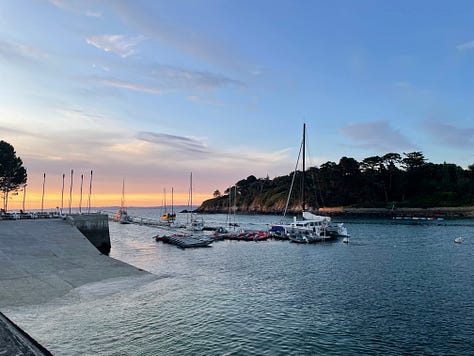
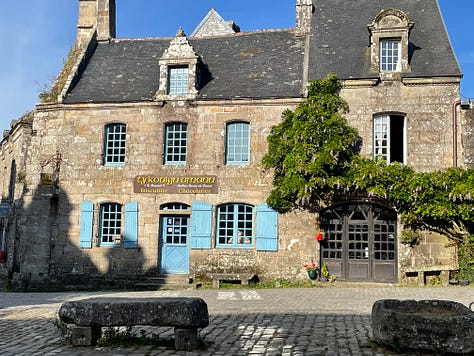
As for the food, well... My Francophile amis will disagree but I find French food vastly overrated. And nowhere is that more apparent than in Brittany and Normandy where the most celebrated dish is la crepe. To be more precise, it is the Gallette (egg, ham and cheese wrapped in a buckwheat crepe), washed down with hard apple cider, the signature drink of the region. Frankly, I’d rather get a ham and egg sandwich on a hard roll from my corner deli.
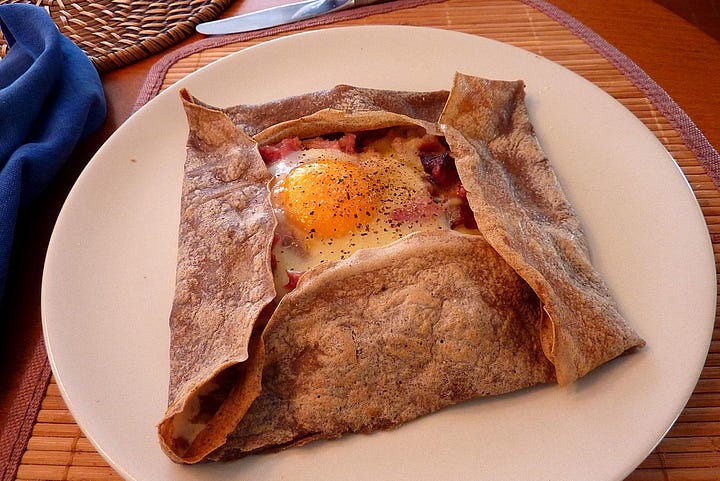
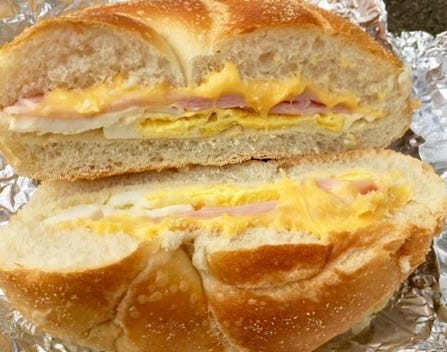
And though there’s an abundance of seafood, I found much of the preparation baffling. Why drench a perfectly good piece of fish or shellfish in cream, butter or (gasp) cheese sauce? As an Italian acquaintance puts it: “What the French do to seafood is a crime.”

Happily, not all is lost on the culinary front. To the rescue are French breads and pastries! Even in the tiniest towns, there is a good boulangerie filled with delectables that compensated for the mediocre dining experiences. (In nine days of travel, we had three decent dinners – and one of them was a Moroccan restaurant.)
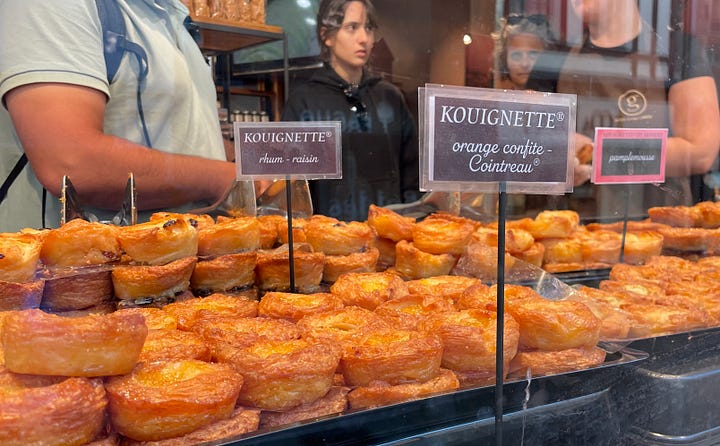

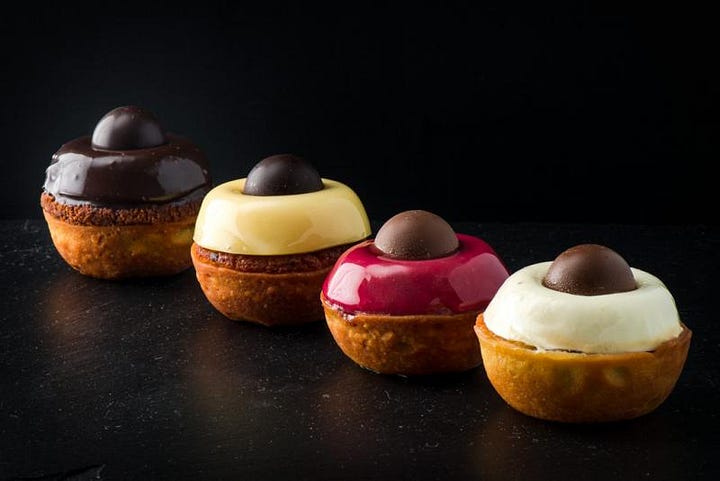
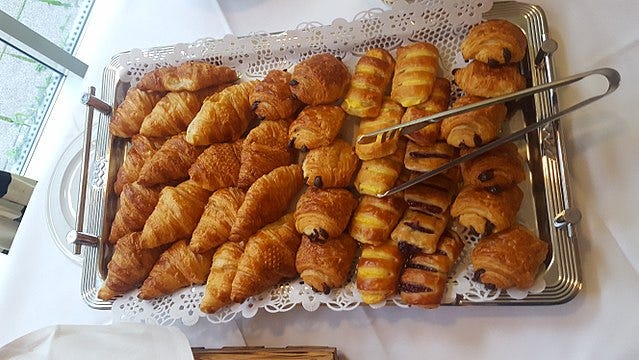
In any case, here are my suggestions with my usual unfiltered commentary:
Lived up to the hype:
Mont-Saint-Michel. I’ve seen some spectacular medieval structures in my time but this one blows my mind. Rising out of the sea or tidal flats (depending on the time of day), the abbey, which dates back to the 8th century, is an absolute stunner. Climb to the summit (it’s not that challenging – and I’m not athletic) and be beguiled. Better yet, stay on the island to see it at dawn and lit up at night.
D-Day Beaches. I’m no World War II buff but I found visiting the D-Day sights and museums (the Omaha Beach Museum, in particular) deeply affecting. It’s hard to believe that there was once upon a time when Americans stood united against a common enemy and fighting for democracy was considered noble.
Other must-sees:
Bayeux tapestry. It’s the original graphic novel: an 11th century embroidered scroll that describes the Norman conquest of England. (It will be on loan to the British Museum next year, the first time the tapestry will return to the UK in more than 900 years.)
Carnac. What’s older than Stonehenge and the Egyptian periods? The 10,000 standing stones (“menhirs”) that date to around 4,500 BC. (Another worthy excursion is the Cairin de Barnenez, the largest megalithic burial site in Europe.)

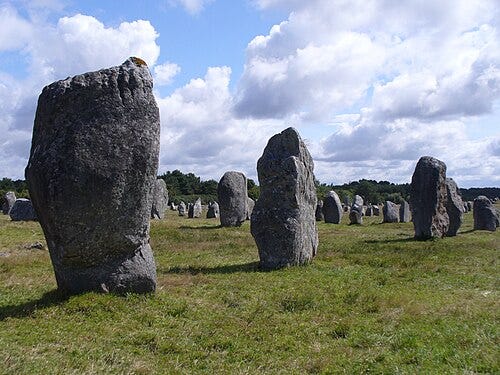
Scene from the tapestry and some of the Carnac menhirs. (Photos: Wikimedia)
A bit disappointing:
St. Malo. Despite what some guidebooks say, it’s hardly an essential sight. Yes, it’s a medieval city surrounded by ramparts. Big deal. Frankly, I’ve seen much more interesting ones that are not so grossly touristy (casinos just outside of the main gate).
Monet’s house and garden in Giverny. Perhaps it was the unbearable crowds or the outsized gift shop on the grounds but I did not come away feeling a deeper connection to Monet’s work. The house was quaint and the fabled garden lovely but I felt I was walking into a cliché.
Where to stay: In Brittany, I’d recommend staying in Quimper or Douarnenez (Hotel Ty Mad is quite nice, but no elevator), then Dinard (Hôtel Barrière Le Grand Hôtel was wonderful) or Dinan. In Normandy, the charming town of Bayeux is the logical base for the D-Day sights, then Honfleur for the coastal towns.
Happy Bastille Day!
Vivia
Related posts:
Special perk for paid subscribers: My personal advice on travel to the above places, plus Tuscany and Milan.





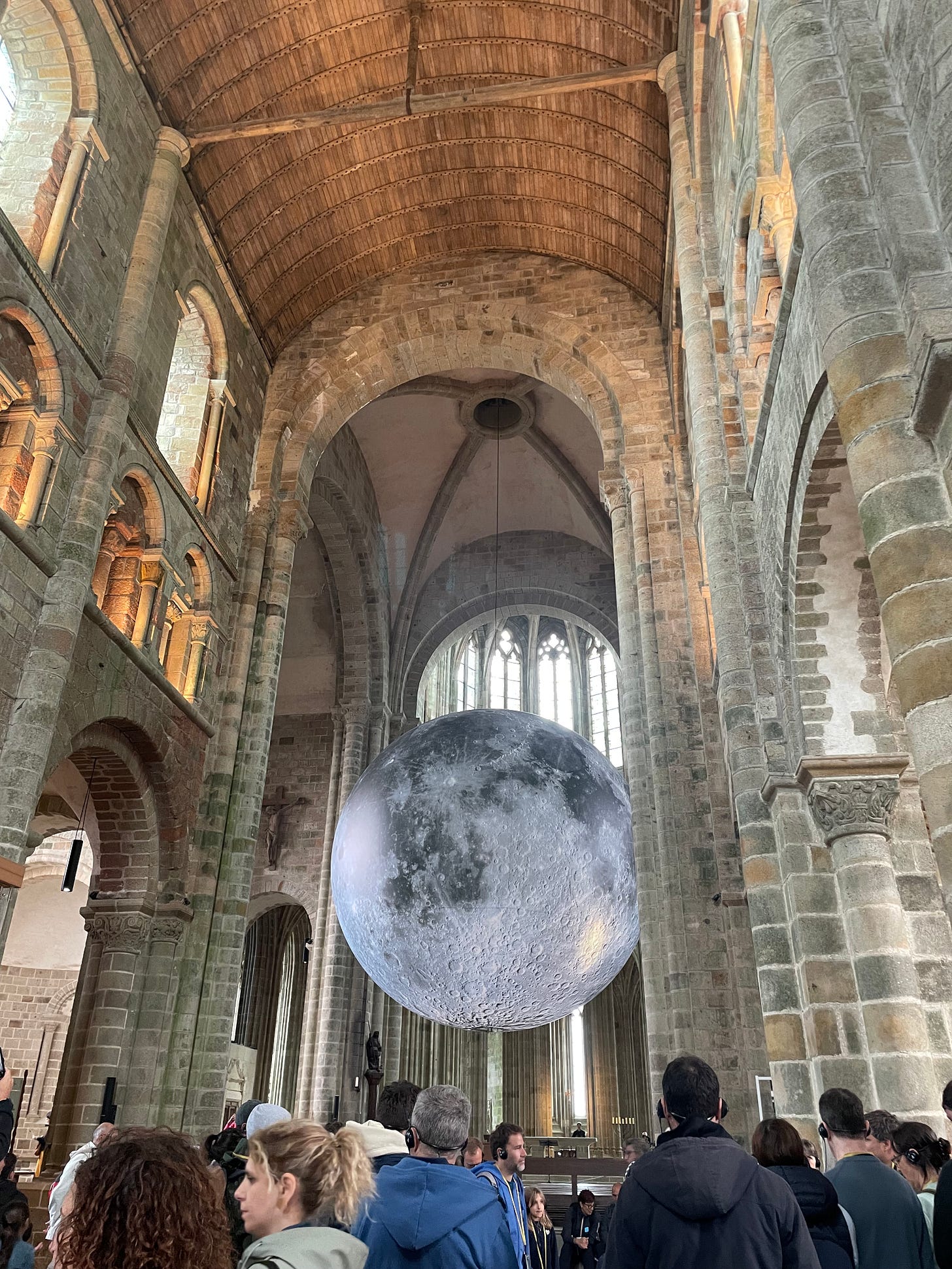
Hard agree on French food! Though I love the simple pleasures like oysters and sparkling white. The buckwheat crepe looks delicious too! But the cream seafood on sauerkraut...